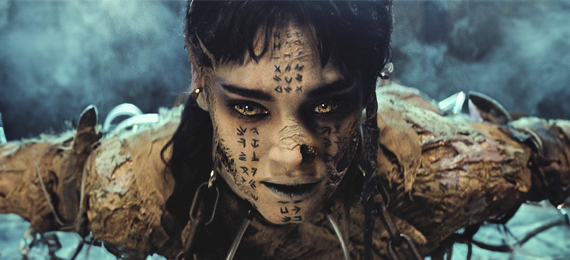
Whether it is a movie or a Halloween party, the horrible look of mummies surely chills the spine. Behind the linen-wrapped, zombie-like mummies remain astonishing myths and mysteries of the ancient civilization. These are not linen-wrapped bodies, but there is a huge science and procedures involved in the mummification process.
What Is Mummification?
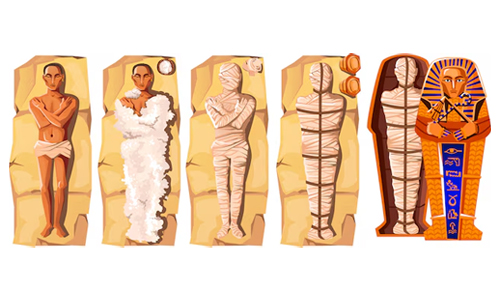
The mummification process preserves the dead body after death. It is often performed by skilled priests over 70 days. Drying and Embalming are the major steps involved in the mummification process. Using a weapon, they remove the internal organs from the body and leave it to dry. Eqyptians follow this practice as a part of their religious belief. They do not allow the body and spirit to decay.
How many days will it take to mummify the body?
- A. 30 Days
- B. 40 Days
- C. 60 Days
- D. 70 Days
In ancient days, mummification was a natural process and it occurred accidentally. Having understood the know-how, Egyptians started the mummification process intentionally. This method evolved for 2000 years until Roman’s arrival. To day, the well-preserved mummies mostly belong to the eighteenth century. Over the years, the preservation methods have changed similar to the cost.
Who Was Mummified?
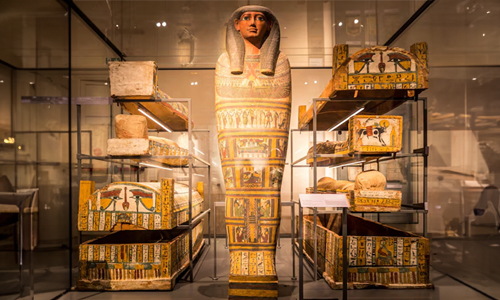
Undoubtedly, it was pharaohs! The entire process of mummification and embalming was for the rich and royals. Important officials and a few commoners were also mummified. The entire process was for the rich due to the costs involved. The regular mummification process was not affordable for the poor so they always used cheaper alternatives. As per the book of Herodotus, the Egyptians followed three different mummification methods based on their social class.
Royals & Rich class
- The embalmers will remove the brains using a crooked weapon.
- They will remove the internal organs and clean the body with palm wine and aromatics
- The stomach will be stuffed with pure myrrh, cassia, and other spices and sewn for the next step.
- The corpse will remain for 70 days with natron
- They will wash the body and wrap it in a fine linen with gum
- Finally, it would be returned to their family.
Middle Class
- They will inject cedar tree oil into the abdomen to clear out the bowels and organs
- Next, embalmers cover the body with Natron for 70 days, flush out the cedar oil, and turn the body into a skeleton.
- The body remains unwrapped and given to the relatives
Poor Class
Embalmers clean the body with enema oil and return the body to the relatives after 70 days.
7 Steps of Mummification
1. Announcement of Death
The messenger informs the death of a person to the public. Egyptians believe in life after death so they start preparing the body for the ceremony. After which an elaborate ritual takes place to unite the body and soul for eternal life after death.
2. Embalming the Body
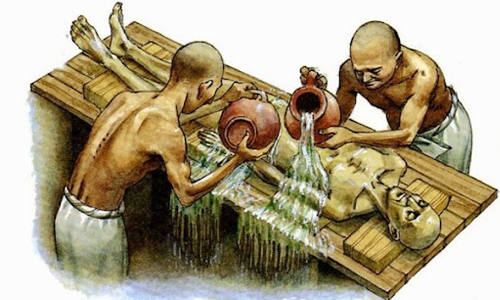
The priest will take the body to the embalming tent known as “Ibu.” The space is often managed by the priests themselves. The body is fully stretched, given a little massage, and washed with water from the Nile River. The priest cuts the neck, armpit, and groin to drain out the blood after which he fills the veins with embalming fluid
3. Removal of the Brain
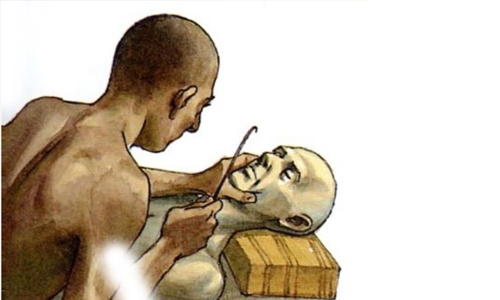
He removes the brain from the body. Though it sounds horrible, the specialist uses a hook-like instrument through the nostrils to pull out the tissues of the brain. It’s done only by experts as it may lead to a dismantled face. Once extracted, the expert dissolves the brain in a bowl of water.
4. Removal of Internal Organs
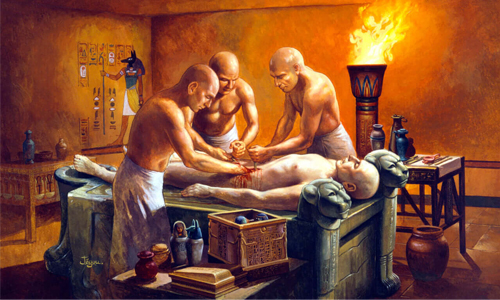
In this process, the expert inserts a large string into the navel to evacuate the contents from the abdomen. He fills the eyeball with pads to make it look normal. The stomach, liver, lungs, and intestines are removed carefully and mummified in separate jars known as Canopic jars.
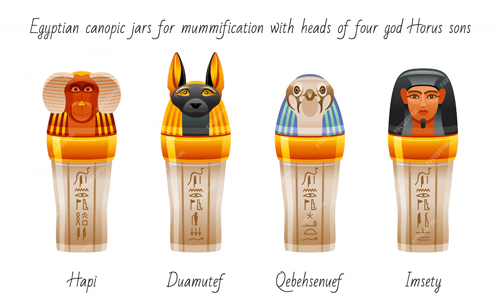
They believe that the four jars symbolize the four sons of Horus who protects them. The heart remains untouched because it is the source of a person’s well-being and thoughts. Finally, they wash the body with wine to remove bacteria and other organisms.
5. Drying the Body
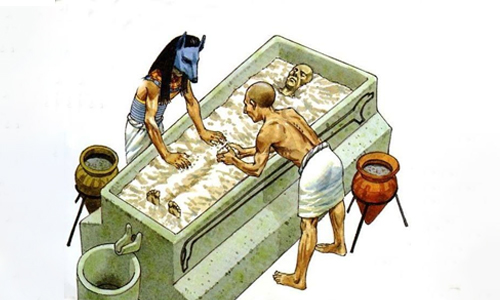
The crucial step in the mummification process is to dry the body after extracting all internal organs. The priest fills the body with natron, a natural element found in Egypt known for its drying properties. They stuff the body with natron packets and cover them with salt to dry it. They replace the salt once in a couple of weeks. After 40 days the body becomes dried and shriveled ready for the next process. The body may dried out but still, it has a human-like structure. The embalmers massage, apply perfume, and place pads to give a fleshy look to the body. Also, they give slight makeovers like blush, painting, and false eyes.
6. Wrapping the Body
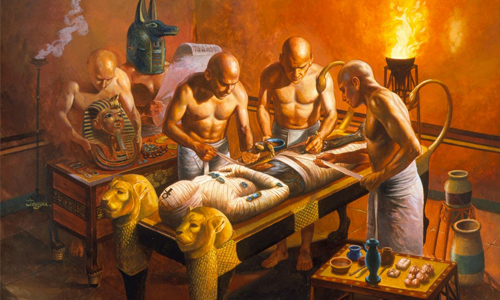
Wrapping is not as easy as it sounds, it is a time-consuming process in the entire mummification process. To mummify a single body, they need a hundred yards of linen. The priests tie the linen around each part of the body including a separate wrap for fingers and toes. He also protects the body from negatives by writing inscriptions, prayers, and tying amulets on the linen. Plus, they wrap the head placing a mask between the bandages so that the spirit can recognize its owner. They use resin in every layer of the linen.
7. Final Procession
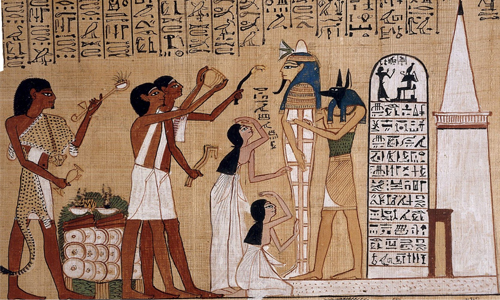
The priest performs various rituals for the funeral. “Opening of the mouth” is the most important ritual, where the priest touches the parts of the mummy with a tool to open the senses of the body to receive the joy afterlife. They believe that if the priest touches the tool in their mouth, they can speak and eat in the next life.
Latest Studies about Mummification
The land of Egypt treasures numerous artifacts and valuable possessions more than the mummies. A few years ago, some scientists excavated nearly 2000 mummified ram skulls in Ramses II temple in Abydos. It could be a votive offering made for the great ancestor, 1000 years after his death. Also, a recent study revealed that a deadly disease plagued the civilization. When scientists studied mummies about 65 % of diagnosed with parasitic worms which can cause serious illness.
If you find the Egyptian subject fascinating, then don’t forget to read about Cleopatra–Beauty Queen or Political genius.